Coffee break Season 2 : And the winners are...
In our webinar "Key things to understand about the FRONT of abrasive paper to ensure top performance", we organized a quiz including :
- 3 questions on the tests used to characterize the barrier properties of an abrasive paper
- plus a bonus question linked to the first episode to give an advantage to the most loyal followers.
Participants who answered correctly at least to 3 questions will receive a delicious box of chocolates to spoil their taste buds!
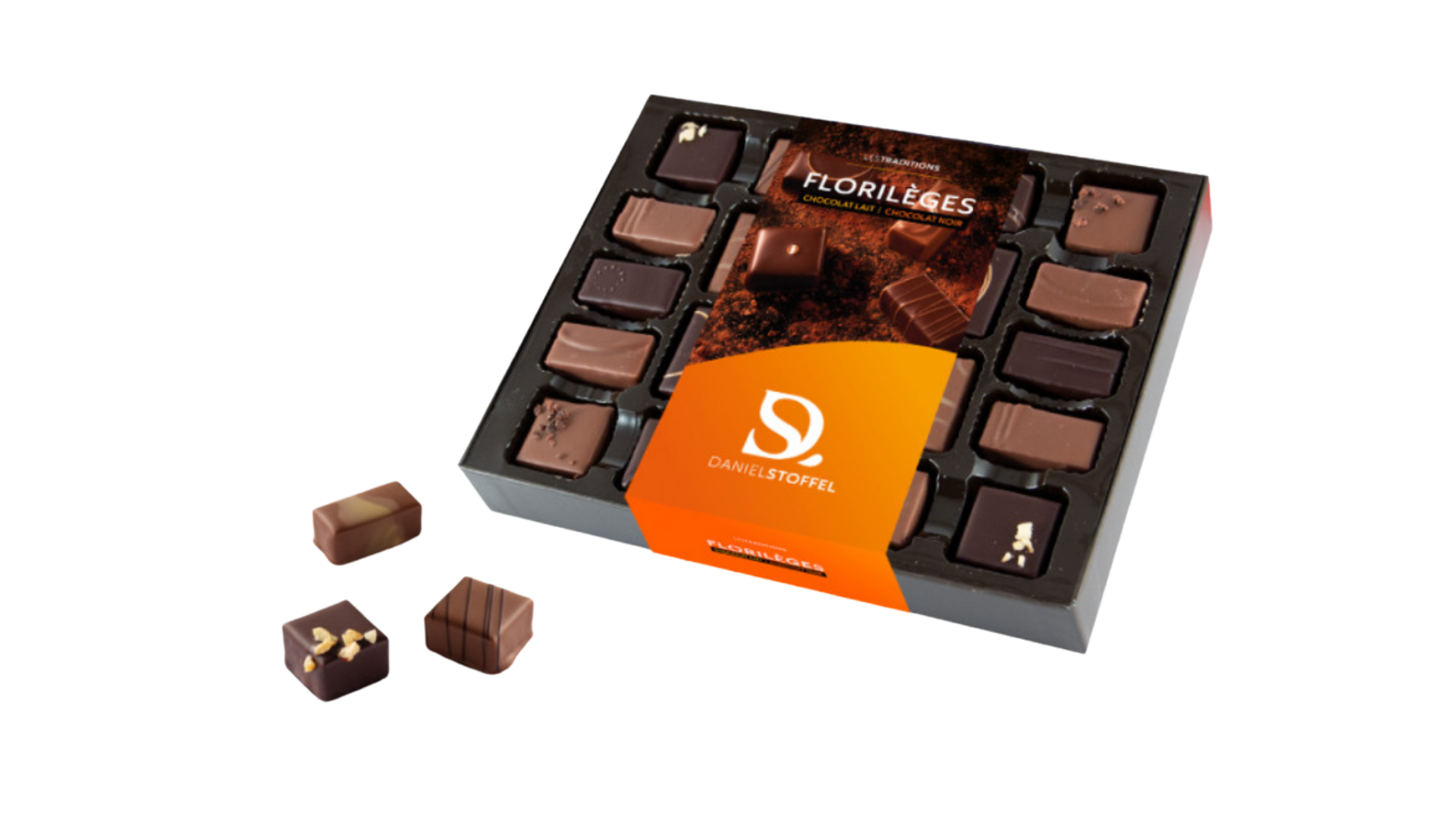
But that's not all... Their participation and success in the quiz gave their company also the chance to enter a prize draw for a scanning electron microscopy (SEM) picture printing of the product of their choice.
Who's the lucky BIG WINNER ?
To find out, watch the video below!
Congratulation!
Ou BIG WINNER won a printing of a SEM (scanning electronic microscope) picture.
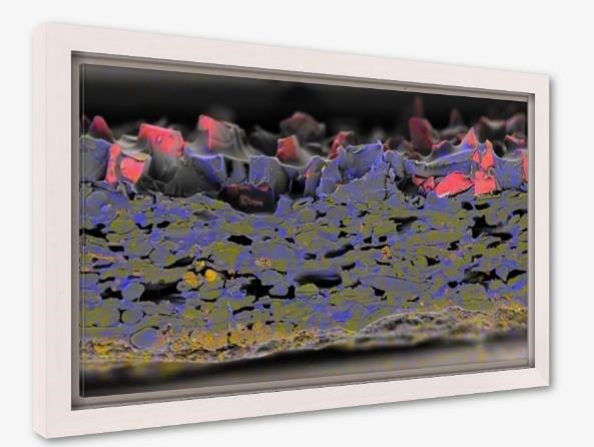
The extremely high resolution, up to 100 X better than a "light microscope" and the high depth of field will offer his company the chance to :
- Get an image that will help to understand certain phenomena as it ables to see the regularity of the dispersion of the grits or the penetration of the resin through the thickness of the paper
Or - Create a high-impact positive marketing image which highlights a particular composition or structure of the abrasive (use of a specific reinforced backing or particular grits for example)
Check out the right answers and all explanations below
Question 1 : Which tests or characteristics quantify the ability of air to pass through the paper structure ?
- ✔️ Permeability
- ❌ Porosity
- ❌ Cobb
- ❌ Gas sorption analysis
Explanations :
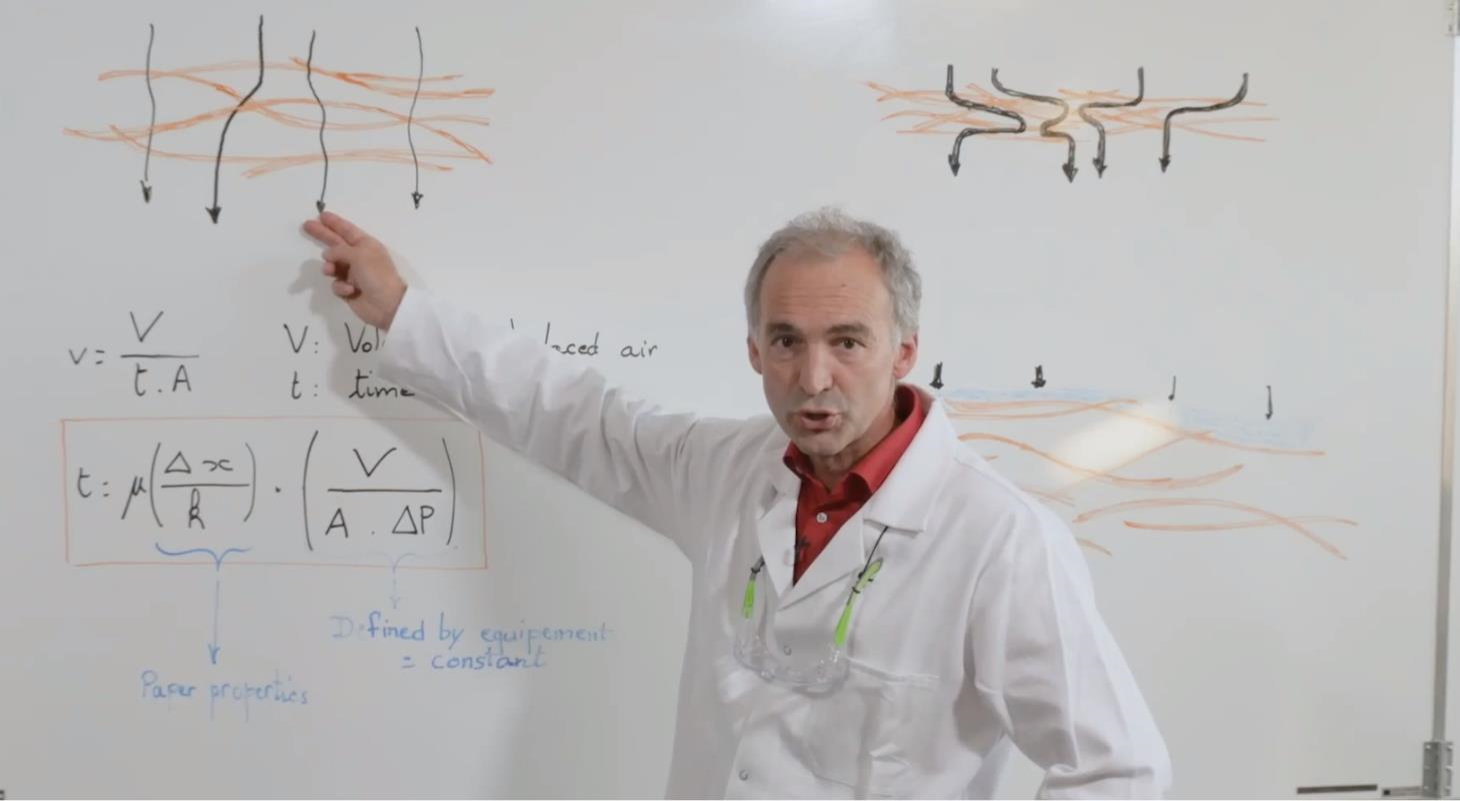
Permeability is the ability of air to pass trough the paper structure. It is defined by the Darcy Law and mesured with the Gurley porosity equipment. It is used to evaluate the capacity of the resin to pass through the paper structure. To reduce permeability, we can close the fiber structure of the paper or add a barrier on the surface.
It is different from the porosity which is the characteristic and which is defined by the ratio of the volume of void of the material divided by the total volume of the material.
Question 2 : Which test(s) measure(s) the barrier performance to liquid under pressure (to simulate the condition of the make coat application) ?
- ❌ Capillary ascent
- ❌ Pore size distribution
- ✔️ Hydrostatic head
- ❌ Solvent barrier
Explanations :
The hydrostatic test characterizes the performance of the barrier under water pressure, which simulates better the real maker condition where pressure is applied. This test is a tailor-made test developped in our Research Center and is also used on the machine floor.
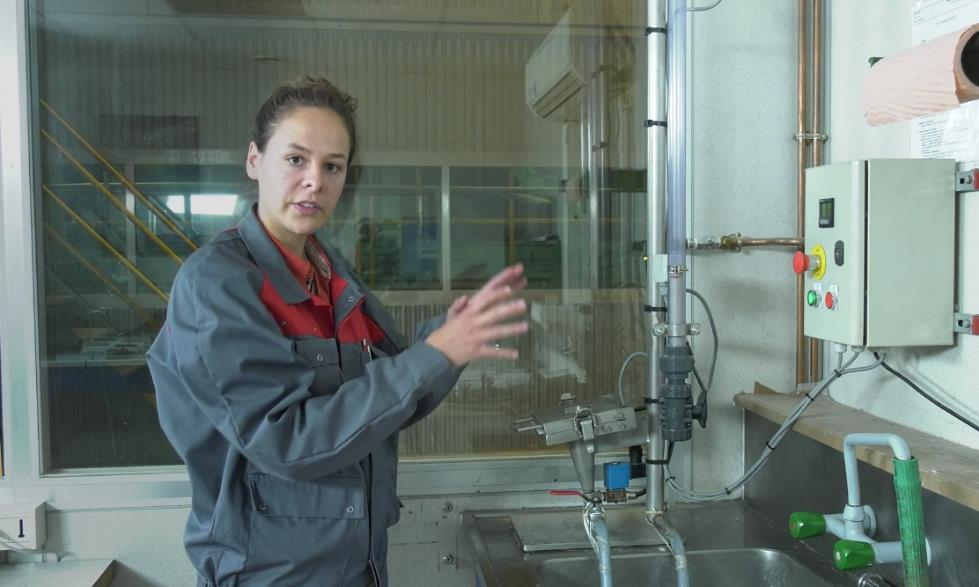
A column is filled with water to increase pressure applied on the barrier side. At some point, we can observe on the backside of the paper droplets of water, meaning the water has pierced the barrier.
To compare different barrier performance, we measure the pressure which was applied and the number of droplets.
Question 3 : Which test(s) allows to evaluate the surface energy of the paper ?
- ❌ "Turbula" test
- ❌ "Longotte" test
- ✔️ Contact angle
- ✔️ Dyne test pens
Explanations :
When a droplet falls on the surface of a substrate :
- Either the affinity of the liquid with the solid is high and the liquid will spread on the surface. The contact angle there is low.
- Or the liquid remains cohesive and has a poor wetting ability. The contact angle will remain above 90 °.
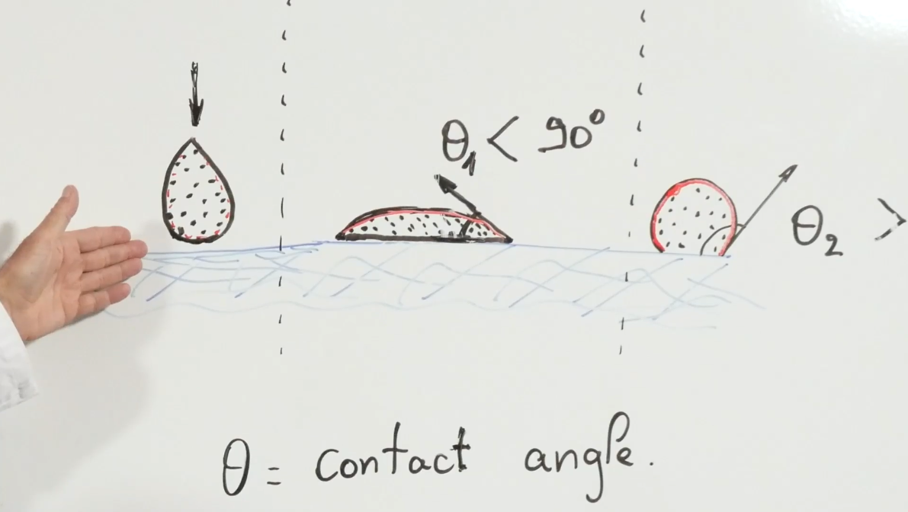
We characterize the surface tension of the liquid and the surface energy of the solid with an equipment able to measure contact angles. We can then use the angle measured to determine with an equation the surface energy of the paper.
At Ahlstrom, we developped a universal barrier for our abrasive paper backings. This barrier has been tested to have a good contact angle with the most commonly used resins in the abrasive industry.
We do also regularly customize and adjust our front side to get a perfect match with new and specific resin systems.
The Dyne Test is an easy way also to evaluate the surface energy by using a set of pens filled with inks of different surface tensions. The drawn line is continuous when the surface tension of the ink is lower than the surface energy of the substrate.
Question 4 : You would say that the ZS coating:
- ✔️ Improve printability
- ❌ Reduce the curl effect
- ✔️ Is well-adapted to lamination
- ✔️ Has a high grip performance in dry AND wet conditions
- ✔️ Facilitates remoistening
Explanations :
The Zero Slip coating has not only the highest grip performance of our range in dry and wet sanding : it enhances also the printability contrast, easier the rewettability and boosts the adhesion with knit. Test it to see the difference.
A wrong answer?
Or interested in learning more ?
Ask for the replays of the 2 webinars with the form below.